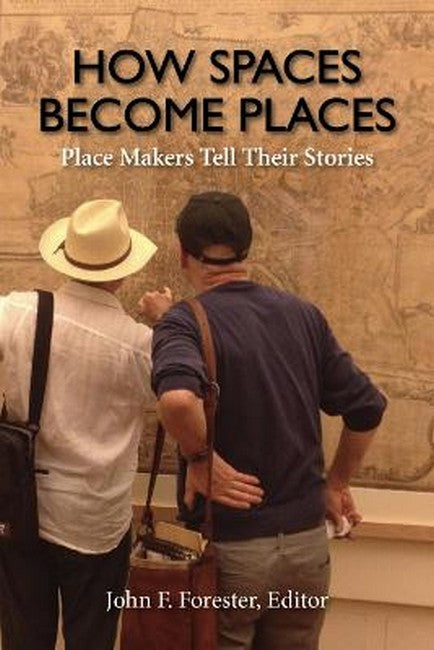John F. Forester (Editor) John F. Forester is a professor in the City and Regional Planning Department at Cornell University. He has studied the challenges of urban planning by assessing practice-focused oral histories of planners and public dispute mediators. Forester's work on power, political conversation, dealing with differences, and practical improvisation has appeared in Planning in the Face of Power, Deliberative Practitioner: Making Participatory Planning Work, Dealing with Differences, Planning in the Face of Conflict, and Making Equity Planning Work (with the late Norman Krumholz).
Request Academic Copy
Please copy the ISBN for submitting review copy form
Description
For planners and urban designers, residents, and community organizers, this is simply the best text available for understanding how to create more just, beautiful, convivial, and safe places. And Forester's eloquent afterword on the relevance of these stories in the time of pandemic and white supremacy is essential reading. This book is a gift of hope and possibility, revealing how the participatory art and craft of placemaking can be a small laboratory for democracy. -- Leonie Sandercock, Professor in Community Planning, School of Community & Regional Planning, University of British Columbia John Forester's new book is a riveting account of the art of place-making. Awesome teaching material, offering deep insights to students, scholars, and practitioners in the field of urban planning. -- Benjamin Davy, former President of the Association of European Schools of Planning The best of John Forester's outstanding body of work. The stories are honest expressions of how expert knowledge and local knowledge commingle, mutually reinforce, and interrogate meanings and the physical world. Each accounting demonstrates how placemaking practices create meaningful relationships between and among people in places they have come to love. -- Lynda H. Schneekloth and Robert Shibley, University at Buffalo, co-authors of Placemaking: The Art and Practice of Building Communities This well-compiled volume reflects the enormous challenges that planners, seeking to be place makers, have to face and address in times of globalization, digitalization, climate change, and populism. -- Klaus R. Kunzmann, Professor Emeritus, TU Dortmund, Germany, and founding president of the Association of European Schools of Planning How Spaces Become Places captures the extraordinary power of seemingly ordinary actions through which artists, designers, planners, and community organizers overcome challenges, uncover possibilities, and in the process transform places and politics. John Forester has demonstrated once again the importance of doing, listening, and storytelling. -- Jeffrey Hou, Professor of Landscape Architecture, University of Washington, and editor of Insurgent Public Space and Transcultural Cities A wealth of inspiring experience from practitioners of participatory democracy. Bright lights in a dark time, these stories illuminate paths to creating places that are memorable, beloved, and just. -- Anne Whiston Spirn, author of The Granite Garden and The Language of Landscape

